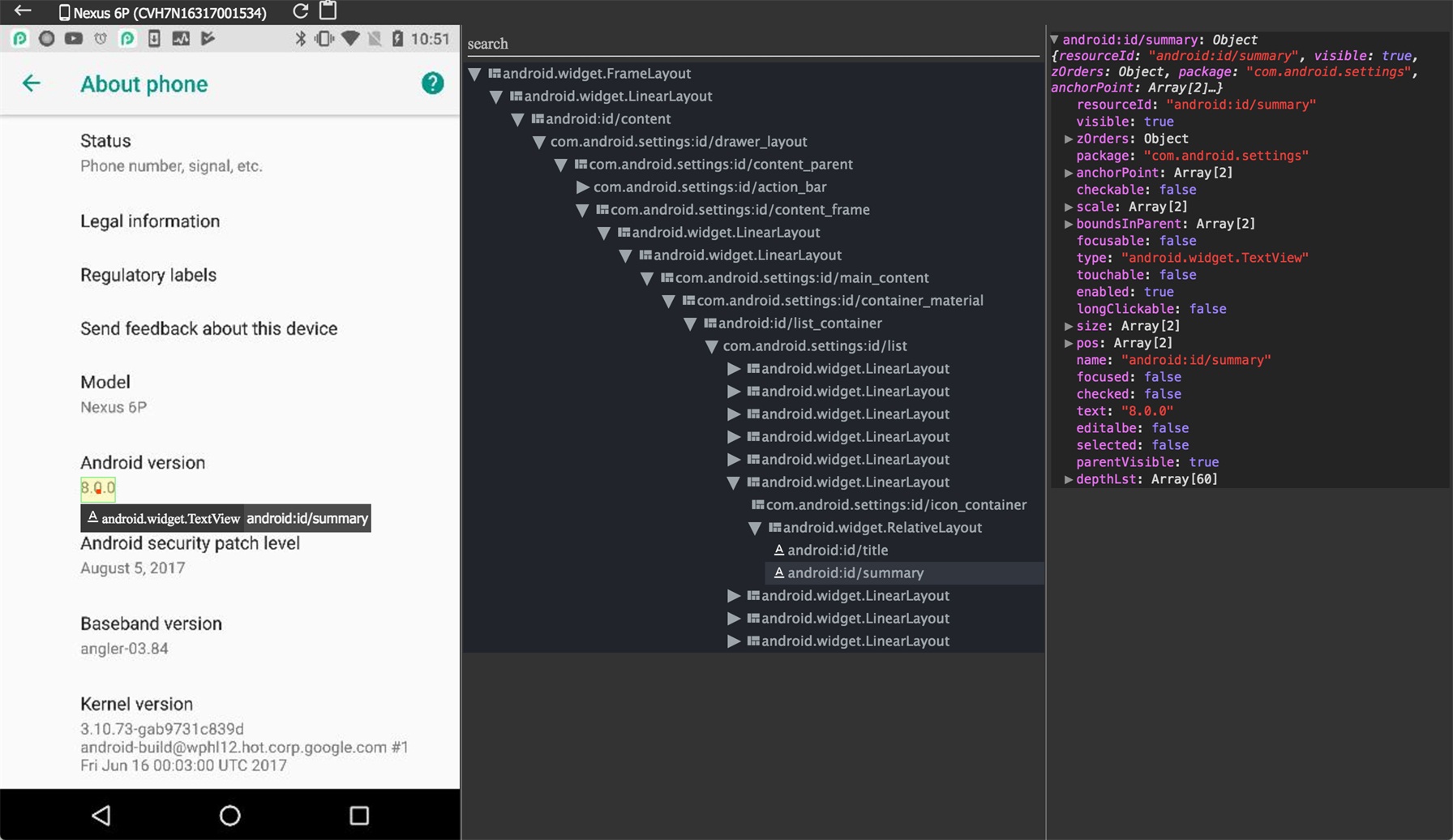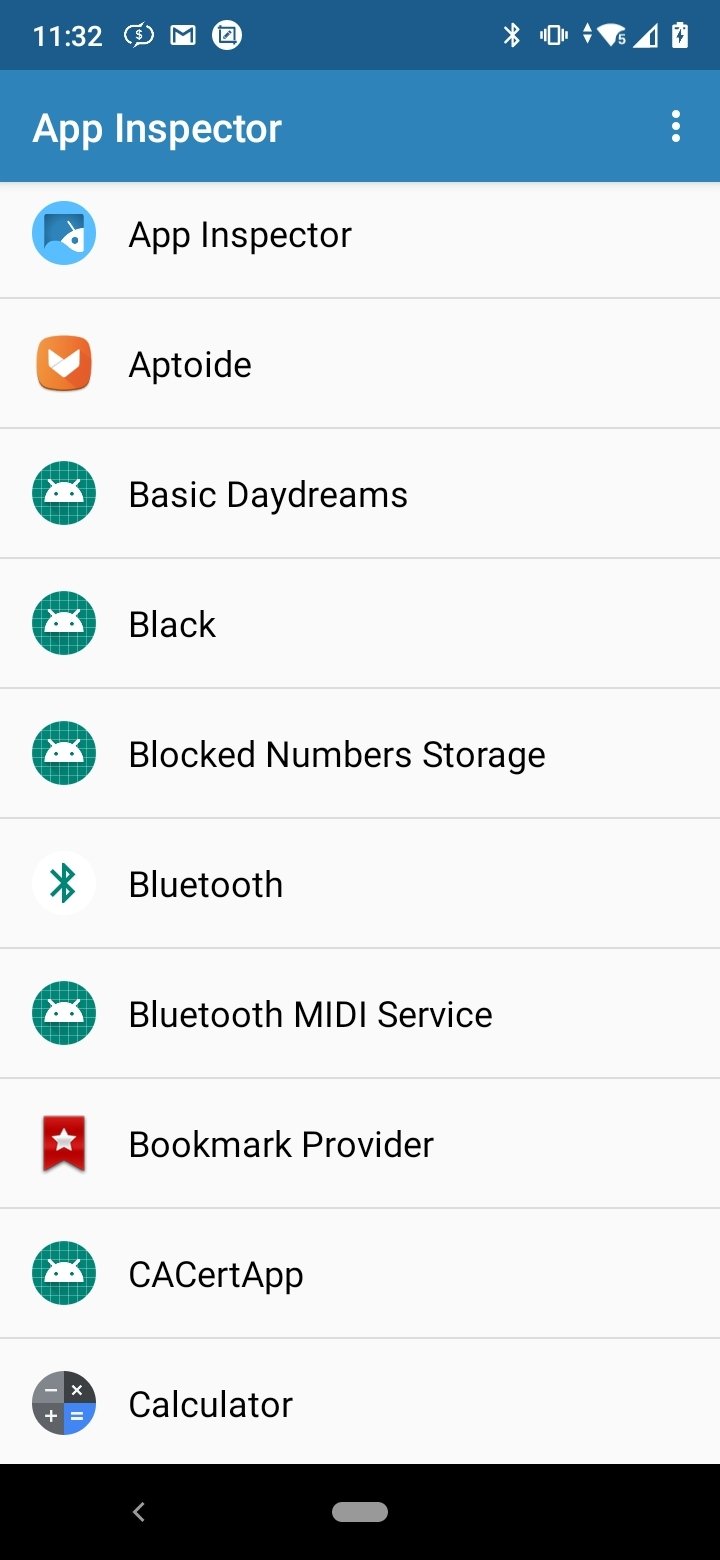

The same XPath can be written like = "attribute_value_2" ] Try to identify what makes the element if you only want to add a part of the value from the "part_of_attribute_value")]Īnd you can also write an XPath which uses multiple = "attribute_value_1" and = "attribute_value_2" ] We strongly recommend that you read more about finding elements with Appium here. The Element Inspector files will only show the elements from the Native Context, regardless if your test is in the Native Context or in the WebView Context at that moment. htm file and open it in your own browser. That Page Source text file will contain the HTML of the WebView Context, and you can even save that content into a. In order to inspect the elements from a WebView Context, you should use the Get Page Source method from the Miscellaneous action only after you switched to that WebView Context. If you're testing a Hybrid Mobile App, you will get the page source that is tied to your current context, you can switch between contexts to get all the page sources. The other option is to use the Get Page Source method from the Miscellaneous action in your test. The easiest way would be to add a Get Element Inspector step in your test, that will generate a HTML file from which you can extract the locators. How do I get the locators for the elements from my Mobile Application? Or you can use the Click (Web Context) option from the Miscellaneous category, the option only works in a Web Context. Since you cannot perform Touch Actions on elements which are in the Web Context, you need to extract their coordinates while you're in the Web Context and then switch back to the Native Context and perform the Touch Actions by using those coordinates. You can also get the name of the WebView context by using the Extract WebView Context Name option from the Set Variable action. Those actions can be found in the Miscellaneous category. You can use the Get List of Contexts, Get Current Context and Switch to Context actions to achieve that. Hybrid Mobile Applications have a Native Context and a Web context, you need to switch to a context before you can access the elements which are inside it. Are you testing a Hybrid Mobile Application? Try to use a different locator type.įor example, if you were using ID, you can try with XPath or Accessibility ID. In that case, you will also see a in the test execution results. If our engine finds more than one element with that locator, it will just go with the first one, which might not be the one you're interested in. When automating an iOS application, Apple's Instruments framework can be used to find elementsĮven if you are using our Endtest Element Inspector to locate your elements, you might still encounter situations where you need to fetch a locator.īut what can you do if you're getting an error message that the element could not be found? Tips and Tricks: 1. In Appium you send the Java code, as a string, to the server, which executes it in the application's environment, returning the element or elements. Use the UI Automator API, in particular the UiSelector class to locate elements. Search for element by using Coordinates, only available for touch actions.

Search the app XML source using xpath (not recommended, has performance issues)

Search for element by using the value of the text attribute.
#Android html inspector full
For Android it is the full name of the UIAutomator2 class (e.g.: ) For Android it is the element's content-desc attribute.įor iOS it is the full name of the XCUI element and begins with XCUIElementType. For iOS it's the accessibility-id attribute. Read a unique identifier for a UI element. Our engine is using Appium to locate the elements in Mobile Applications.


 0 kommentar(er)
0 kommentar(er)
